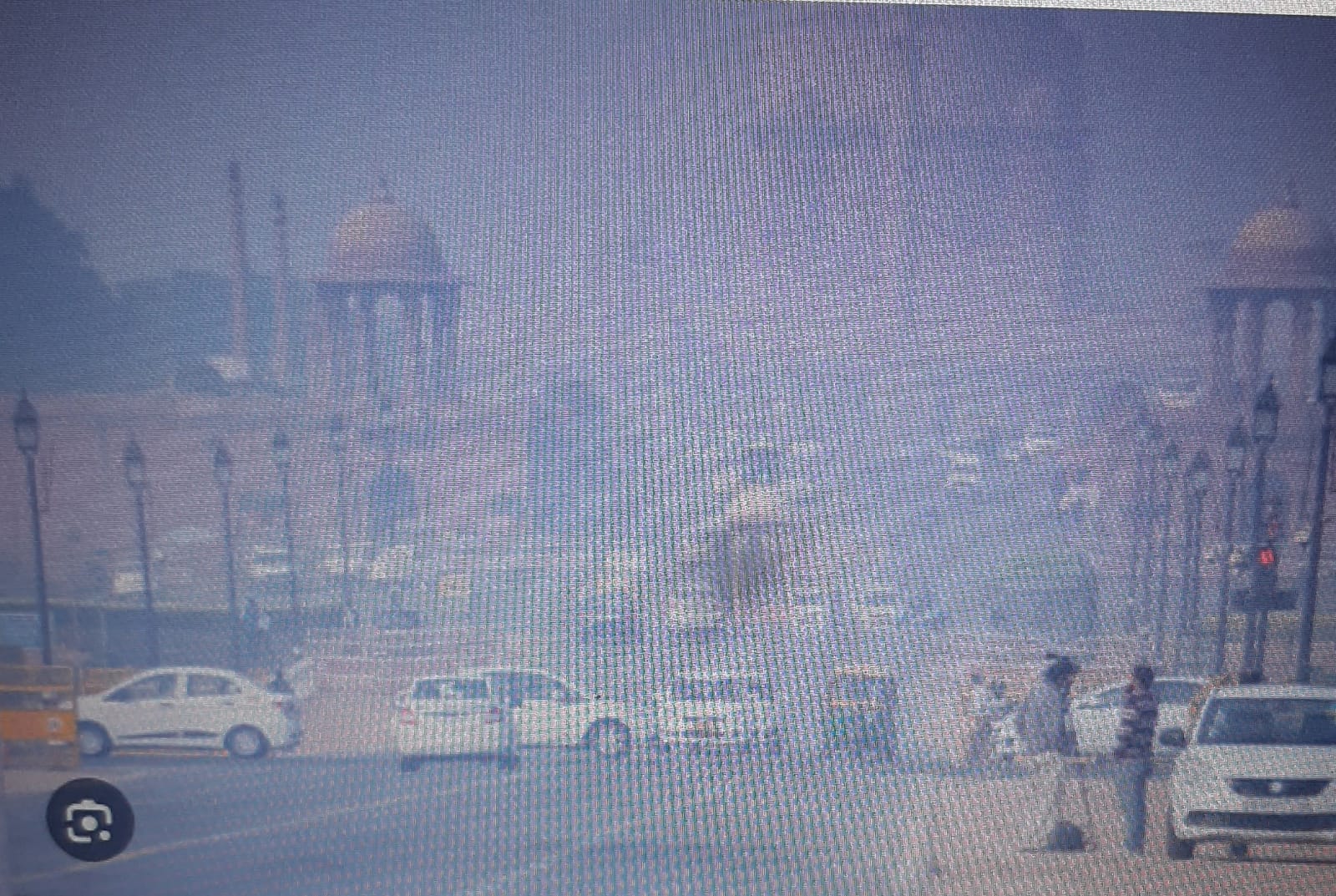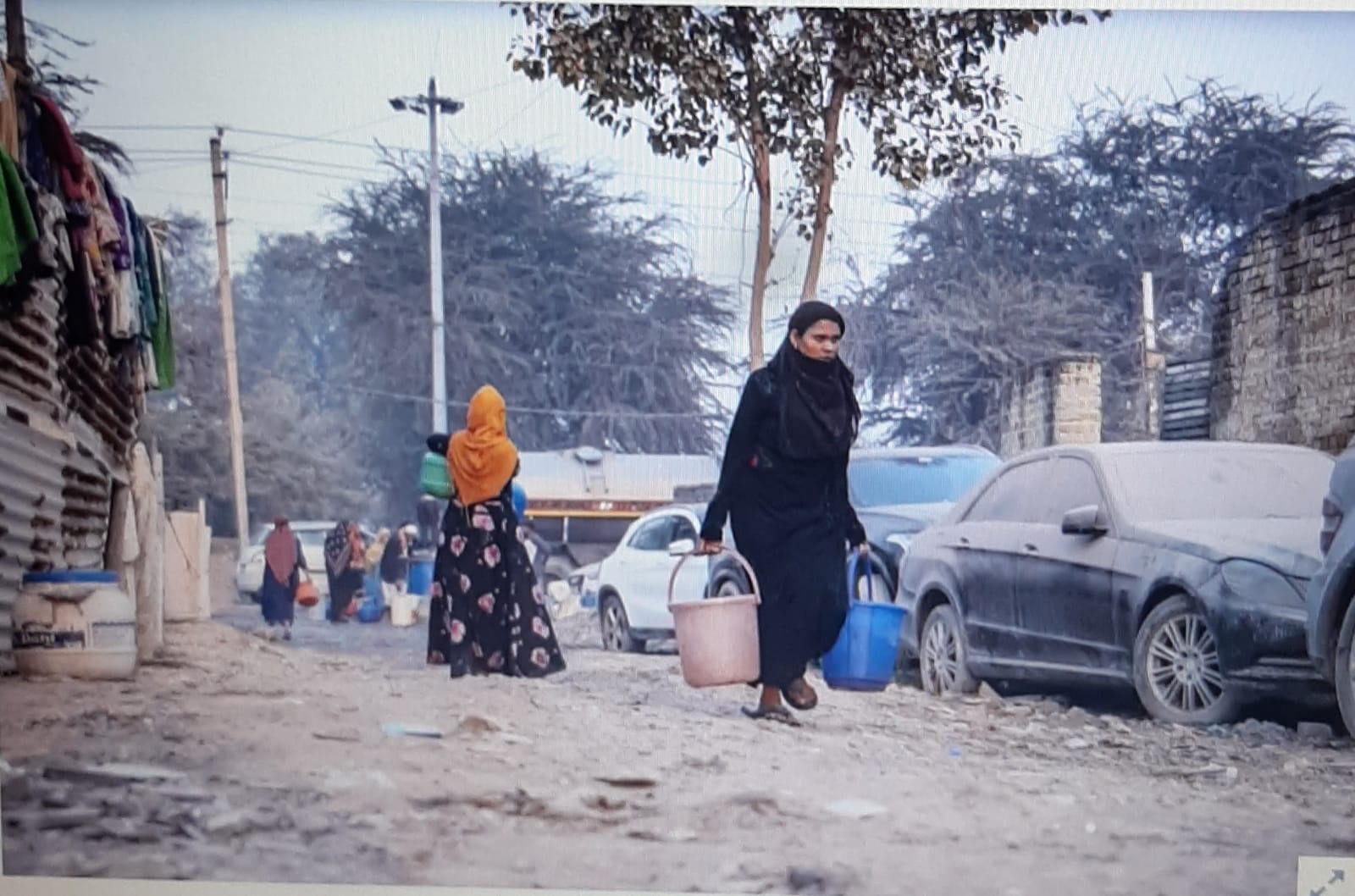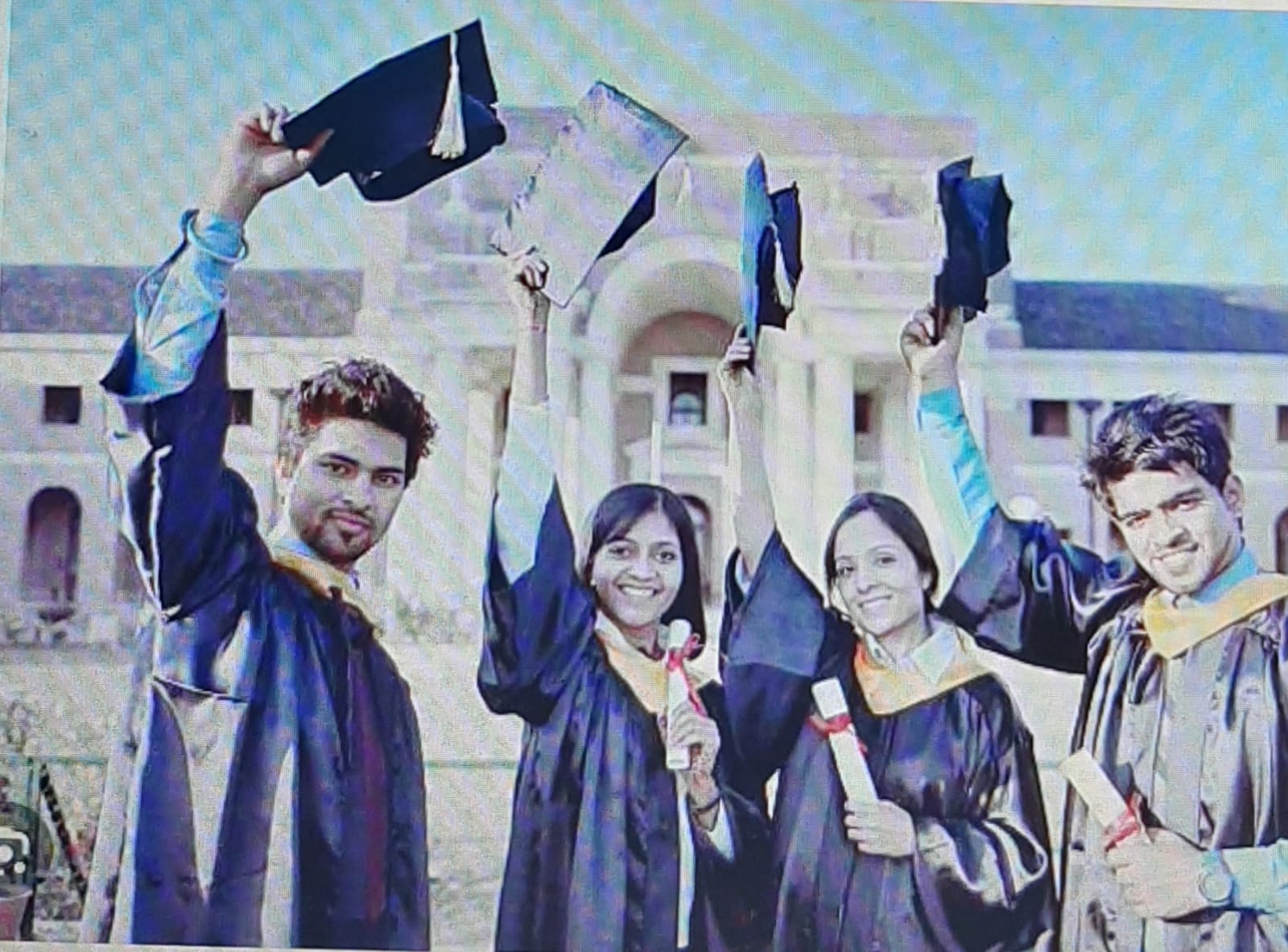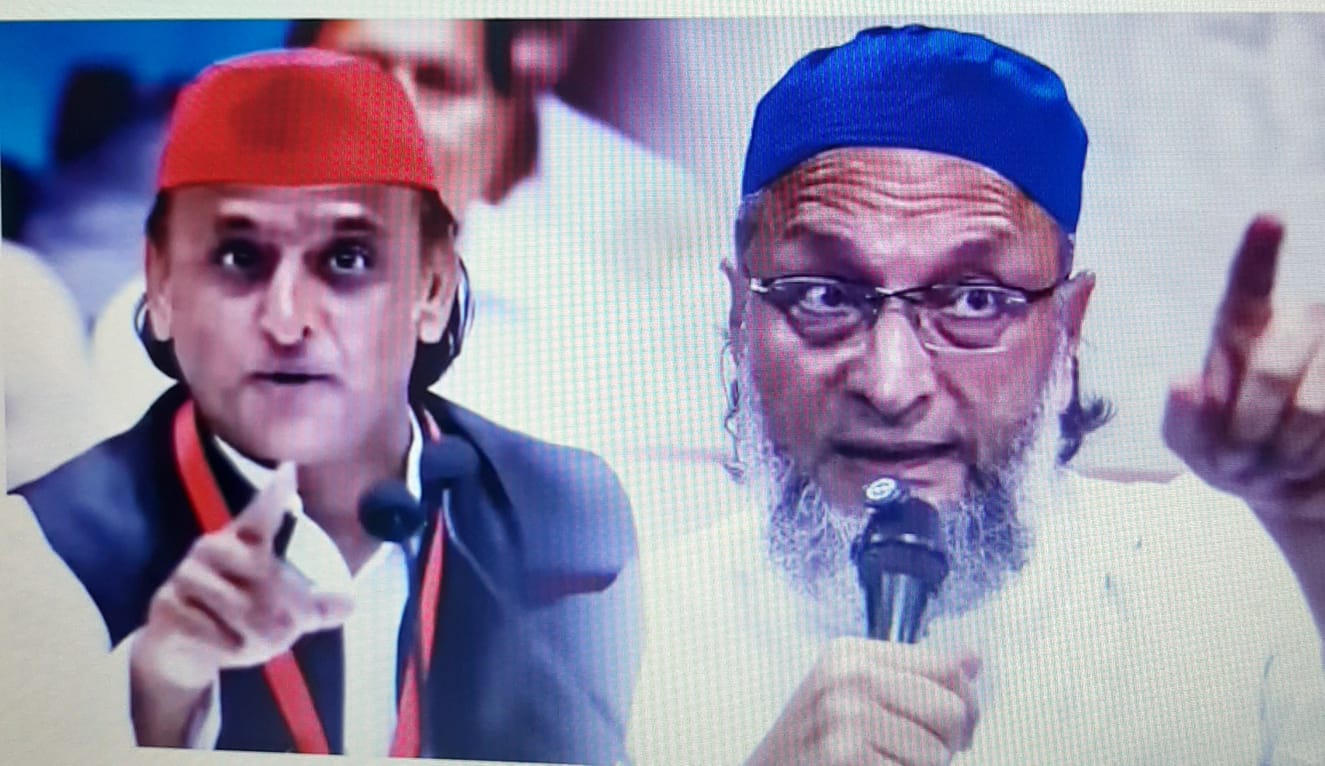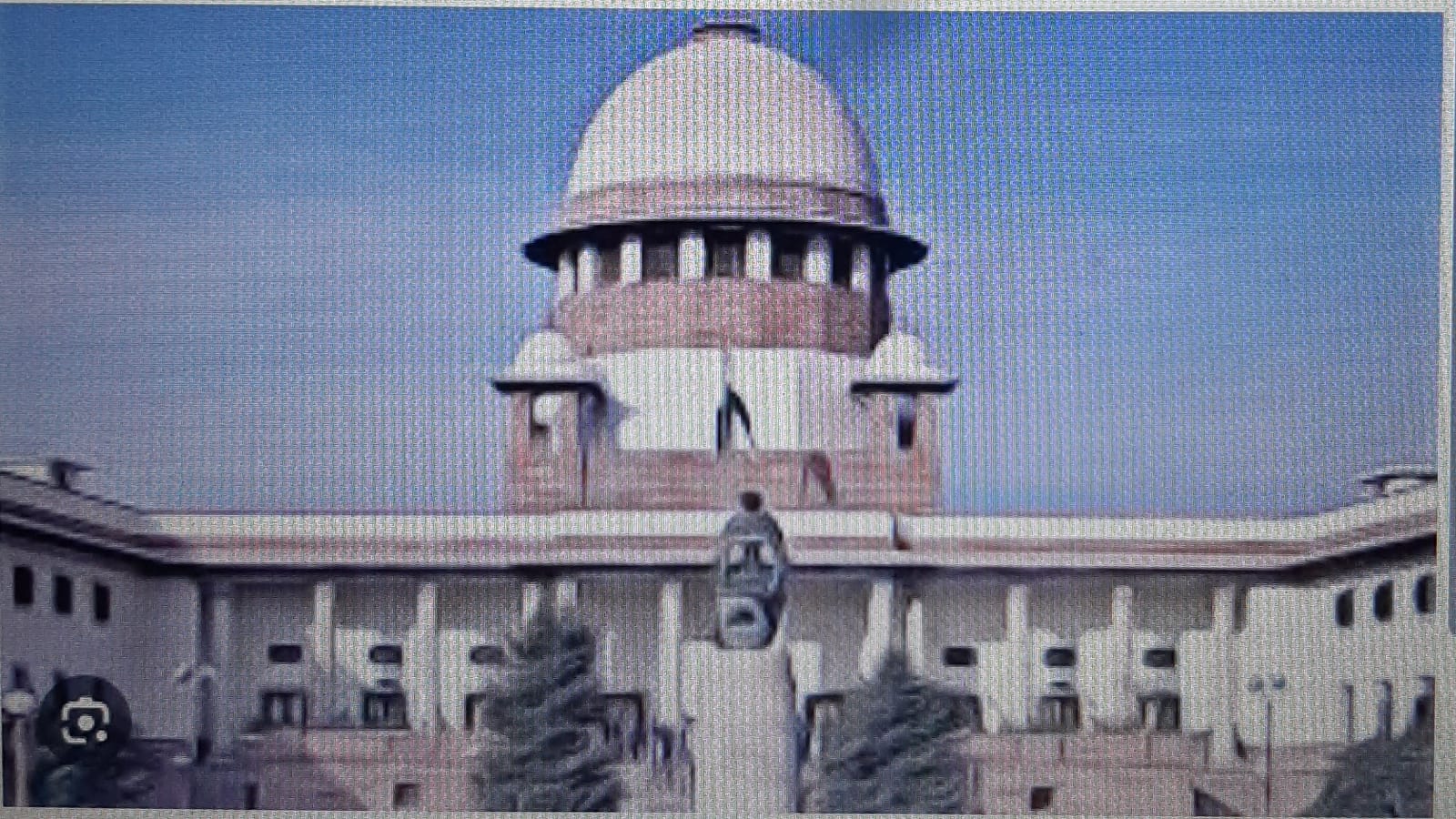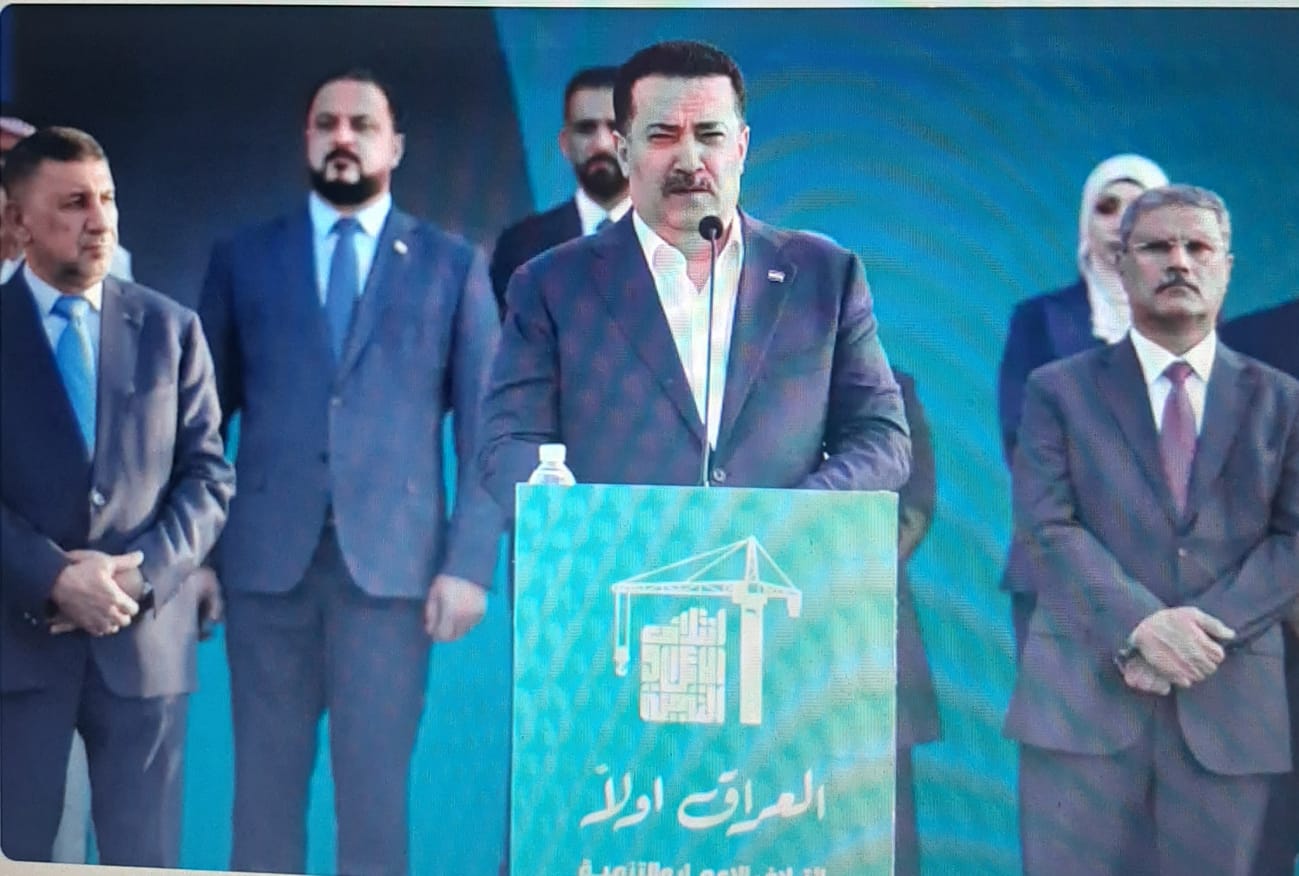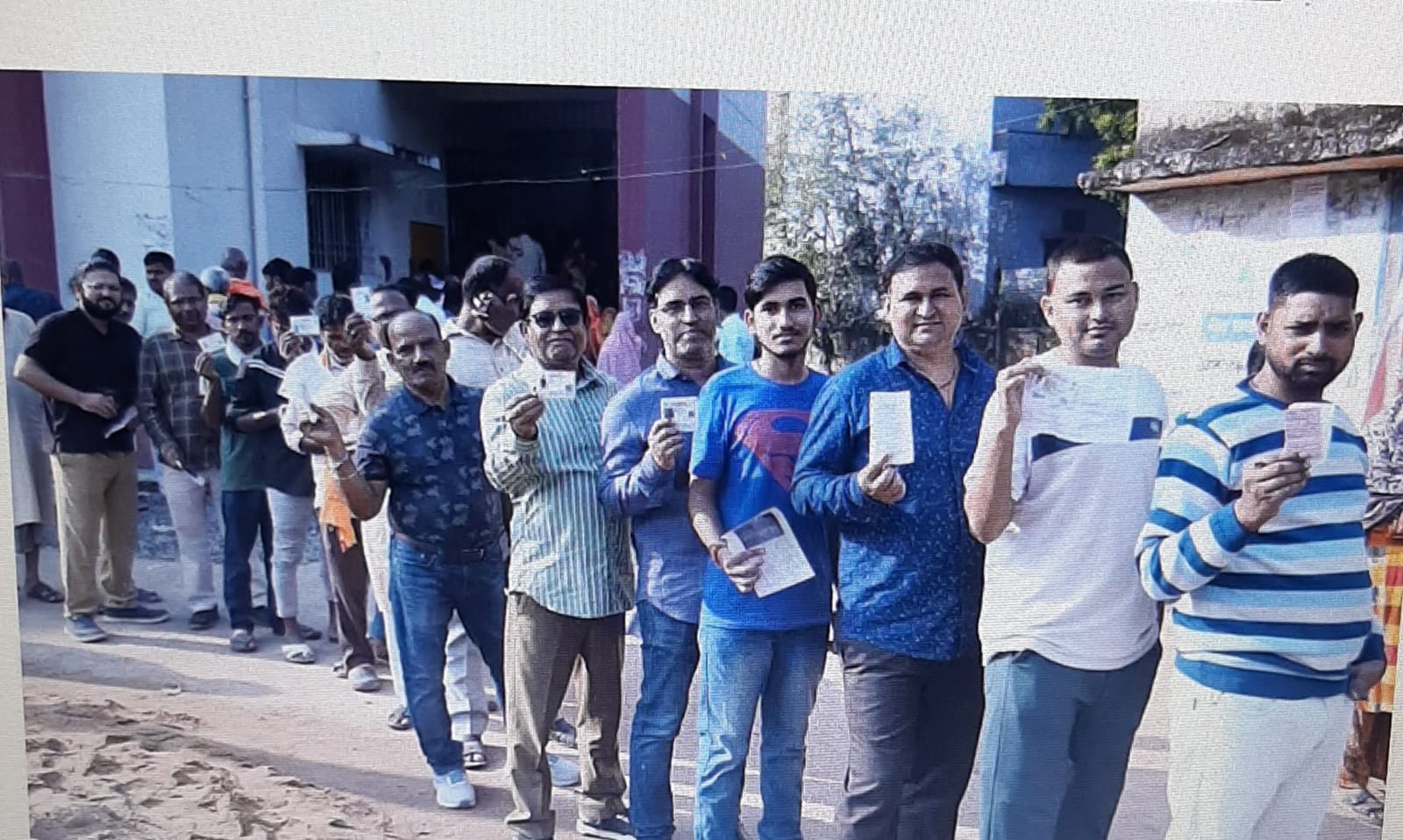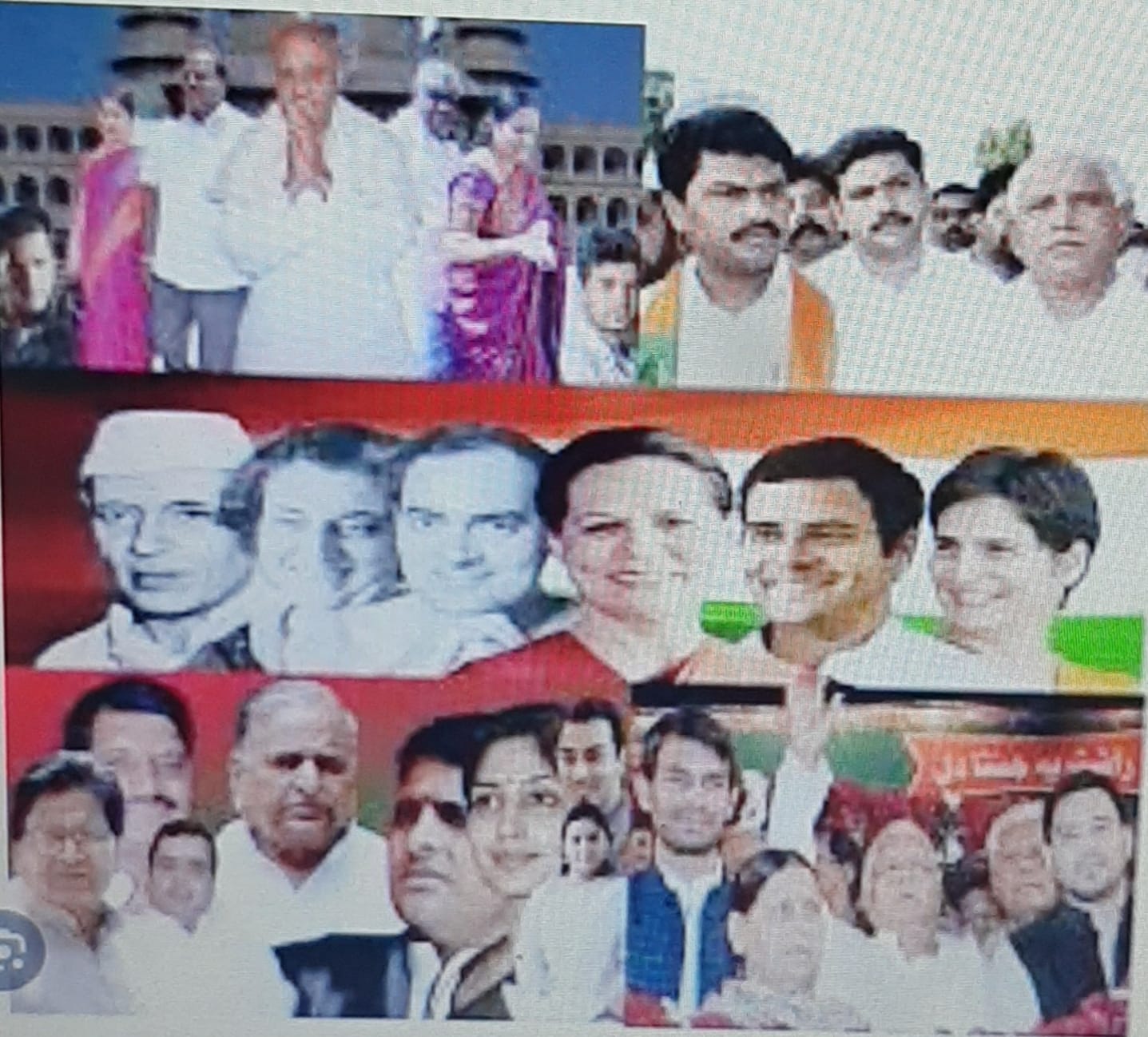
Democracy cannot be allowed to be controlled by a handful of new ‘democratic oligarchs’ such as these political families practicing dynastic politics today. Dynasty politics is increasingly gaining ground in all political parties. The issue is what can be done to mitigate the impact of dynasty politics as it is certainly not going to fade away anytime soon, writes former IAS officer Sunil Kumar
An investigative story published in The Indian Express[i] again focused public attention on the functioning of political parties especially when the election to the Bihar Legislative Assembly is underway. The investigation unearthed that overall there are 1174 dynasts from 989 families among the 5,294 current legislators in the country (MPs, MLAs & MLCs). The regional parties like the Rashtriya Janata Dal (RJD) and Janata Dal (United) in Bihar, Samajwadi Party (SP) in Uttar Pradesh, Telugu Desam Party (TDP) and Yuvajana Shramika Rythu Congress Party (YSRCP) in Andhra Pradesh have over 25 percent legislators drawn from political families. Among the national parties, the Indian National Congress (INC) has 33.25% while the Bhartiya Janata Party (BJP) has 18.62% dynast legislators. There are 149 families which have more than one member in state legislatures and/or Parliament.
This phenomenon had also been examined by the British historian, Patrick French[ii] in his book published in the year 2011. His research based on an analysis of MPs of the 15th Lok Sabha had thrown up some interesting insights like, 100 percent MPs below the age of 30, and 65 percent of those in the 31-40 years age group were hereditary MPs. This phenomenon was more pronounced in the INC than in the BJP then. Likewise, family politics is stronger in the northern States of Punjab, Haryana, and Uttar Pradesh, in Bihar in the east and Andhra Pradesh in the south, than in other states. However, the broad trend seems to hold even after a decade and half. The malaise is slowly spreading even in the Left parties, which were largely viewed as an exception to this trend, though their footprint has shrunk considerably in the last twenty years.
Nepotism and ‘parivarvaad’ in politics is not new. It has struck roots in all political parties, national and regional, albeit in varying degrees. But on closer examination, it emerges that no profession is an exception to this trend. The judiciary and the legal fraternity, the medical profession, the armed forces, business, industry and even bureaucracy abound with examples of children following in their parents’ footsteps. So why single out politics? Politics too is a full time profession and demands a certain degree of skill sets and a resource base, both political goodwill and monetary means, which these dynast politicians may well possess. Given the fact that an overwhelming majority of contestants fielded by major political parties are ‘crorepatis’, the humble workers of political parties hardly stand a chance to get tickets. Their (the crorepatis’) ‘winnability quotient’ too may be higher than others. After all, political parties are in the business of contesting and ‘winning’ elections. The percentage votes polled and candidates elected as MLAs and MPs determine their status as a recognized regional or national party and access to resources granted by the state and/or political donors.
Given the fact that even in the 2025 Bihar elections, the number of women contestants from major political parties remains in the region of around 12 to 14 percent, it is difficult to visualize how political parties would manage to find 33 percent women contestants by the 2029 Lok Sabha elections (when the Women’s Reservation Act, 2023, re-christened as “Nari Shakti Vandan Adhiniyam 2023 by the Government, is likely to come into force), unless they fall back on women nominees drawn from the same political families.
Dynasty politics is also not something unique to India. Political families have dominated American politics in the 20th century and continue to remain influential even today. The situation is not too different in Europe either. Hence, family politics or dynasty politics is more a symptom than the malaise itself. The central question is how do political parties function in India and whether there is ‘inner-party democracy’. Are they mere election fighting machines which come alive at the time of state and national elections or do they have a role to play in the period between elections? Is the political culture conducive to strengthening democracy and is the party organization geared to strengthening democratic functioning within the party or merely propping up a ‘supreme’ leader or the ‘high command’? How do political parties address local government elections which hold the key to strengthening grassroots democracy? These questions need to be raised and answered.
The process for registration of political parties by the Election Commission of India has been laid down in Section 29A of Part IV A which was inserted through Act 1 of 1989 in The Representation of People Act, 1951. Any association or body desirous of being registered as a political party is required to file an application before the Commission which should contain the following particulars, namely:—
(a) the name of the association or body;
(b) the State in which its head office is situate;
(c) the address to which letters and other communications meant for it should be sent;
(d) the names of its president, secretary, treasurer and other office-bearers;
(e) the numerical strength of its members, and if there are categories of its members, the numerical strength in each category;
(f) whether it has any local units; if so, at what levels;
(g) whether it is represented by any member or members in either House of Parliament or of any Stale Legislature; if so, the number of such member or members.
A copy of the memorandum or rules and regulations of the association or body is to be enclosed with the application. Section 29A (5) specifically provides that the said memorandum or rules and regulation should contain a specific provision that the association or body shall bear true faith and allegiance to the Constitution of India as by law established, and to the principles of socialism, secularism and democracy, and would uphold the sovereignty, unity and integrity of India. It is also specified in sub-clause (8) of the said section that the decision of the Commission shall be final. Sections 29B and 29C were inserted vide Act 6 of 2003 which stipulate that political parties are entitled to accept contributions and submit declaration regarding donations received in each financial year to the Election Commission respectively.
A perusal of these provisions show that these are ‘bureaucratic’ rather than ‘democratic’ in nature even when political parties participating and contesting in ‘free and fair’ elections is an absolute sine qua non for a functioning democracy. Single party rule anywhere in the world is not recognized as a democracy even when they go through the motion of holding elections, say, in party plenary. However, there is nothing in the law which mandates ‘inner-party democracy’.
If we study the evolution of the oldest political party in India: the Indian National Congress, then we notice that prior to independence, the annual meeting of INC used to happen with remarkable regularity and the post of President then was a keenly contested one. Delegates even went against the wishes of Mahatma Gandhi and elected Subhas Chandra Bose as the President in Tripuri Congress session held in 1939. Today, if there is a contest for the post of President, the same is frowned upon and seen as weakening the party. This is true for almost all political parties which hardly see any real contest. This happens at all levels of the party – right from Block and District to State and National levels. Nominations by the party ‘high command’ is the norm even if the memorandum of association may provide for periodic elections. Even in the BJP, which claims to be the world’s largest political party, election to the post of party President has seldom happened. Party elections keep getting postponed on some plea or the other and obviously the party constitution contains provisions which would justify such action/inaction on the part of party bosses.
The role of political parties has largely been restricted to an election fighting machine. Dialogue between the leaders and party workers happens with most frequency at the time of elections when the services of the latter are required for managing voters at the booth level and acting as booth agents and counting agents. Their services are also required for bringing voters to the election rallies of leaders. Earlier the party workers used to work as the ‘eyes and ears’ of the party at the ground level. Now this task has been outsourced to ‘political consultants’ and consulting firms who do the number crunching, conduct internal surveys for political parties, provide inputs for selection of candidates and draw up the election strategy. These trends have added to the redundancy of party workers. More than party workers, it is these ‘back-room boys’ who have access to the top party leadership.
The prevalence of ‘high-command culture’ in almost all political parties suggest that political parties function in a ‘top-down’ manner and there is hardly any party decision that is taken on the basis of feedback or suggestions received from the bottom. Absence of any institutional mechanism in political parties ensures that their role in public policy formulation remains negligible. Public policy is largely seen as the domain of the government. The role of the ruling party is largely reduced to endorsement of all decisions of the government rather than evaluating the policy critically.
The Bhartiya Janata Party (BJP) takes pride in having constructed well-equipped ultra-modern party offices in over 650 districts of the country. These are supposed to provide party workers a dignified place where they can come, hold meetings and meet party leaders. The latest digital technology tools ensure seamless ‘one-way, top-down’ messaging from the party’s supreme leader or the party high-command to thousands of party workers. Recently, the Prime Minister held a digital interaction with party workers of Bihar as the state polls were near.
Further, the functioning of the party at all levels has become dependent on financial and physical resources made available by the central or state party office. Hence, the role of local leadership is restricted to just placing the demand before the state or central office of the party. There is no ownership or assuming of responsibility by the local party workers. Collecting small donations from the public is now a thing of the past. Big corporate donations have become the norm and these are collected centrally. Dependence of the political party on government has become extreme and thus, the unseemly wrangle for power by all political parties at the cost of ideology.
If today, the ‘deep pockets’ of candidates (prepondernace of ‘crorepati’ candidates of major parties) has become the most important criterion in distribution of party tickets, then it is no wonder that genuine party workers working at the grassroots for years end up being denied party tickets especially for the more lucrative assembly and parliament elections.
In such a scenario, it is no surprise that dynasty politics or family politics is increasingly gaining ground in all political parties. The issue is what can be done to mitigate the impact of dynasty politics as it is certainly not going to fade away anytime soon.
To my mind, the first and perhaps most important step in this direction would be to foster and promote ‘inner-party democracy’ within political parties. Regular holding of elections at all levels from the village or Gram Panchayat upwards should become the primary feature of all political parties. This task should be entrusted to the party organization immediately above, i.e. organizing party elections at the GP level should be the responsibility of the Block level and so on. In this manner, regular elections could be held annually or bi-annually for every party post at all levels in all registered political parties. Postponement of party elections should be the exception rather than the rule. Since all political parties are registered with the Election Commission of India (ECI), the ECI could mandate compulsory inclusion of such features in the Memorandum of Association (Constitution) of all political parties. Compliance should be monitored by the ECI and the SEC as explained in the following paras. This would call for suitable amendments in The Representation of People Act, 1951.
Second, since, the Constitution also provides for the establishment of the State Election Commission (SEC) for holding elections to local governments, it is time both the ECI and the SEC begin to work in a coordinated manner (without SEC being made subordinate to the ECI) where they supplement and complement each other rather than working in silos. The task of preparation of electoral rolls for all elections (including elections to local governments) could be that of the ECI. Likewise, sharing the poll assets procured by the ECI, like the EVM and VVPAT, with the SEC could be made compulsory by law.
Third, there is need to revisit the provision of organizing Panchayat elections on non-party lines. By allowing political parties to allot symbols to their party candidates for contesting local government elections would only provide de-jure legitimacy to a de-facto prevalent practice. Certain States like Kerala and West Bengal do provide for Panchayat elections on party lines and they are as good as any other in a State where elections are held on ‘non-party’ lines. In my view, it would open up new avenues for strengthening ‘inner-party’ democracy. The final authority for granting party symbols to candidates at GP level and in Nagar Panchayats (Town Areas) could be mandated to the Block level party organization; for Block Panchayat and Municipalities to District level party organization and so on. The State level Party organization could be authorised similarly to select candidates for District Panchayat and Municipal Corporations. The Central Election Committee of political parties could continue to be the final authority for selecting candidates and allotting party symbols to candidates contesting for State Legislative Assembly/ Legislative Council and Lok Sabha / Rajya Sabha. These steps are likely to strengthen inner-party democracy in all political parties.
Fourth, the ECI could prepare and put in the public domain a model party constitution which could be adopted by the political parties with appropriate modifications. The task of monitoring the adherence/non-adherence to party constitution/ memorandum could be shared between the ECI and the SEC. The ECI could deal with the affairs of national parties and the SEC could deal with the regional or state parties. This could also be extended to examination of the accounts of political parties which are submitted to the ECI every year.
Fifth, political parties should not be seen as just election fighting machines which sputter into life once elections are round the corner and virtually hibernate once the polls are done and dusted and the rulers are elected for a period of five years. Political parties must remain in touch with the people and keep resolving issues concerning the public. If questions of citizens cannot be raised and resolved by political parties (whether the ruling party or the opposition), then there is something really wrong with democracy – whether within the party or outside. Politics is a full-time activity and requires total commitment. This can be realized only when parties discard ‘high-command’ culture, ‘hero worship’ and the tendency to use all means, fair or foul, to come to power.
These would call for suitable amendments in the Constitution, the Representation of People Act 1950 and 1951 and the State Panchayat Raj and Municipal Acts. These could lead to greater ‘inner-party democracy’ in the functioning of political parties which, in my view, would be the perfect antidote to the growing malaise of dynasty politics. It is only when local government, legislative assembly and Lok Sabha elections are seen as part of the continuum where electoral democracy is at play that the measures suggested above would begin to appear meaningful and logical. Democracy cannot be allowed to be controlled by a handful of new ‘democratic oligarchs’ such as these political families practicing dynastic politics today.
(Sunil Kumar is a Visiting Senior Fellow in Pune International Centre and a former civil servant. Views expressed are personal.)
[i] One Nation, a few parivars; The Indian Express, October 23, 2025, New Delhi, late city edition
[ii] India a Portrait by Patrick French; 2011, Penguin Random House India


